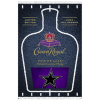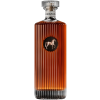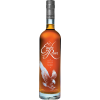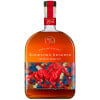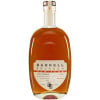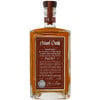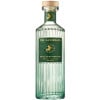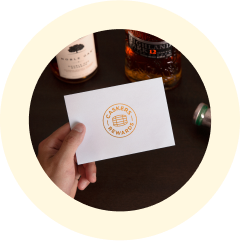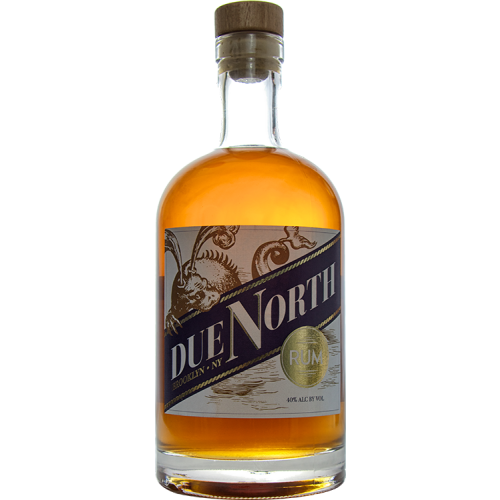About Due North Rum
At the time, sailors at sea were afforded a ration of rum everyday. Disciplinary problems ensued when sailors began hoarding their rations for several days and consuming all their rum at once. As a result, the daily rations of rum were mixed with water in order to dilute the effects of the alcohol; the resulting mixture was called grog. If the sailors performed valiantly during battle or were in for heavy weather, the captain would distribute stronger rations. When the ration was pure rum, the sailors would say it was "Due North."
Van Brunt Stillhouse honors the pioneering spirit of Cornelius Van Brunt and the sailors who were forced to endure grog with Due North Rum. "I love the history of rum," said Daric Schlesselman, owner and master distiller of Van Brunt Stillhouse. "It was a huge part of the economy in the pre-Colonial northeast, not to mention the standard drink aboard the ships that sailed to and from Brooklyn."
New York City's first small-batch rum distillery since Prohibition, Due North is distilled from organic, unprocessed sugar grown by a small family of farmers in the foothills of the Himalayas, and sun-dried using an Ayurvedic (or ancient Hindu) process. After the sugar and yeast are poured by hand into tanks and allowed to ferment, the wash is then distilled inside a 125 gallon handmade copper-pot still. After distillation, the rum is allowed to age in new American oak casks for approximately four months, before Schlesselman fills and labels each bottle by hand.
It took five years of planning and experimentation, along with training sessions at distilleries in Scotland and in the United States, before Schlesselman was able to perfect the recipe for Due North Rum. With notes of caramel, vanilla and sweet spice, plus hints of dried fruit, Due North is a testament to its Brooklyn origins.
"I love television," says Schlesselman, who is also an editor of The Daily Show with Jon Stewart. "But I love rum more."
About Van Brunt Stillhouse
During the 17th century, Cornelius Van Brunt — one of the founding fathers of Brooklyn — farmed land alongside the banks of Gowanus Creek, while helping forge the eclectic society that became Brooklyn. In the 1800s, as the population of New York mushroomed and its waterways became vital hubs for maritime travel, the Brooklyn waterfront became home to some gin, rum, and whiskey distilleries.
Prohibition forced the distillery to close, and it wasn’t until the new 21st century that distillation resumed. Opened in 2012 Van Brunt Stillhouse honors the pioneering spirit of Cornelius Van Brunt, one of the founding fathers of the area. Founded by Daric Schlesselman who first began by producing the first Rum from Brooklyn since the Prohibition era. Soon after releasing the rum, the brand started producing other spirits such as Grappa and other grain distillates. Daric, a former editor at The Daily Show, left behind the world of television and followed his dreams of reincarnating the of Spirits of the past.
About Rum
Rum history allegedly started in the Carribiens in the 17th century when they started to ferment and distill molasses, a byproduct of sugar production. Most of the Rum is aged in oak or ex-wine casks, giving its color and flavor.
We distinguish between 4 different Rum categories, where white or unaged rum is mainly used in cocktails, while dark, spiced, and añejo (aged) rum are mostly enjoyed neat.
Check out our impressive selection of rums, find your new favorite in Top 10 rums, or explore The best gifts for rum drinkers.
